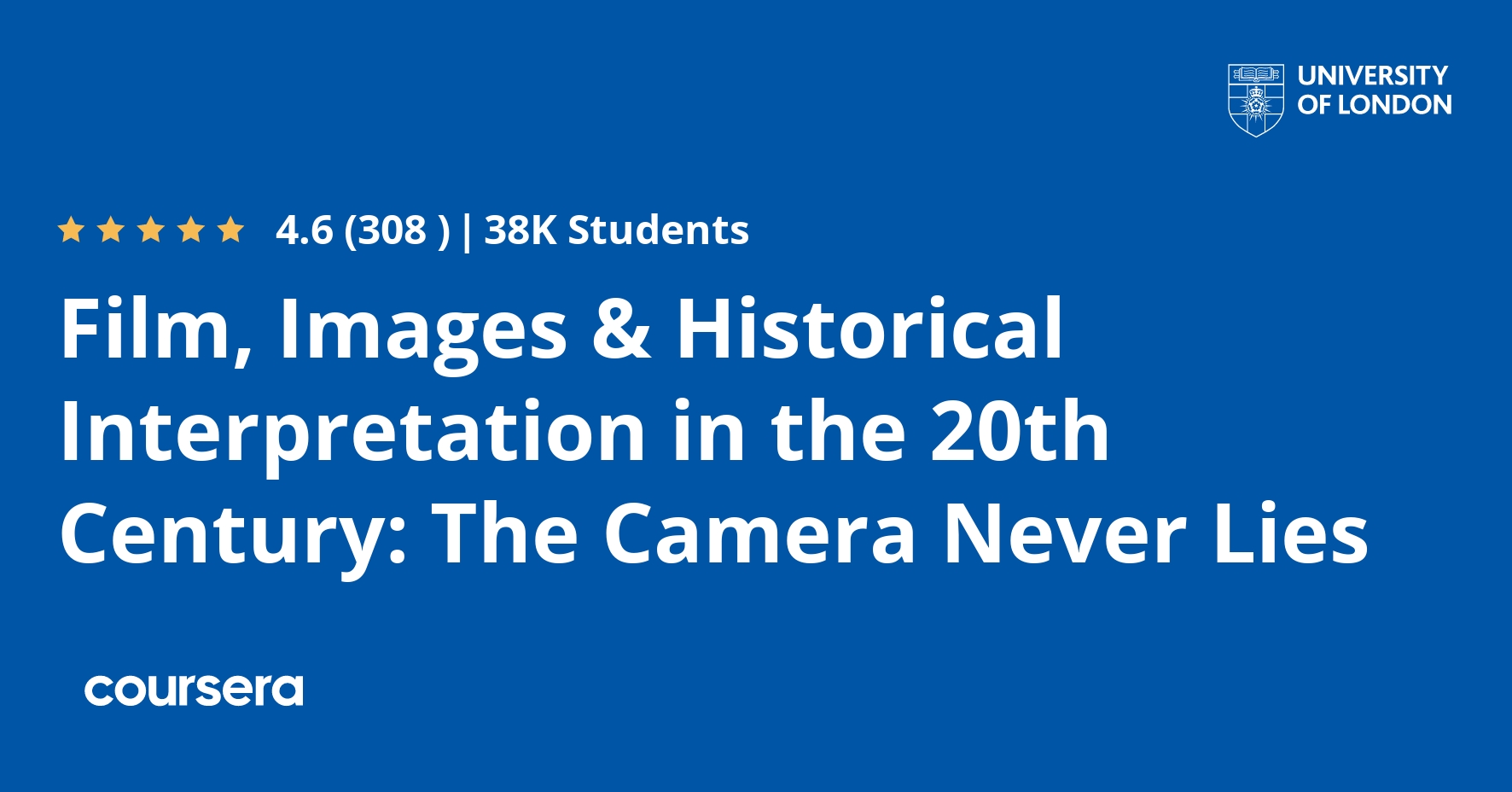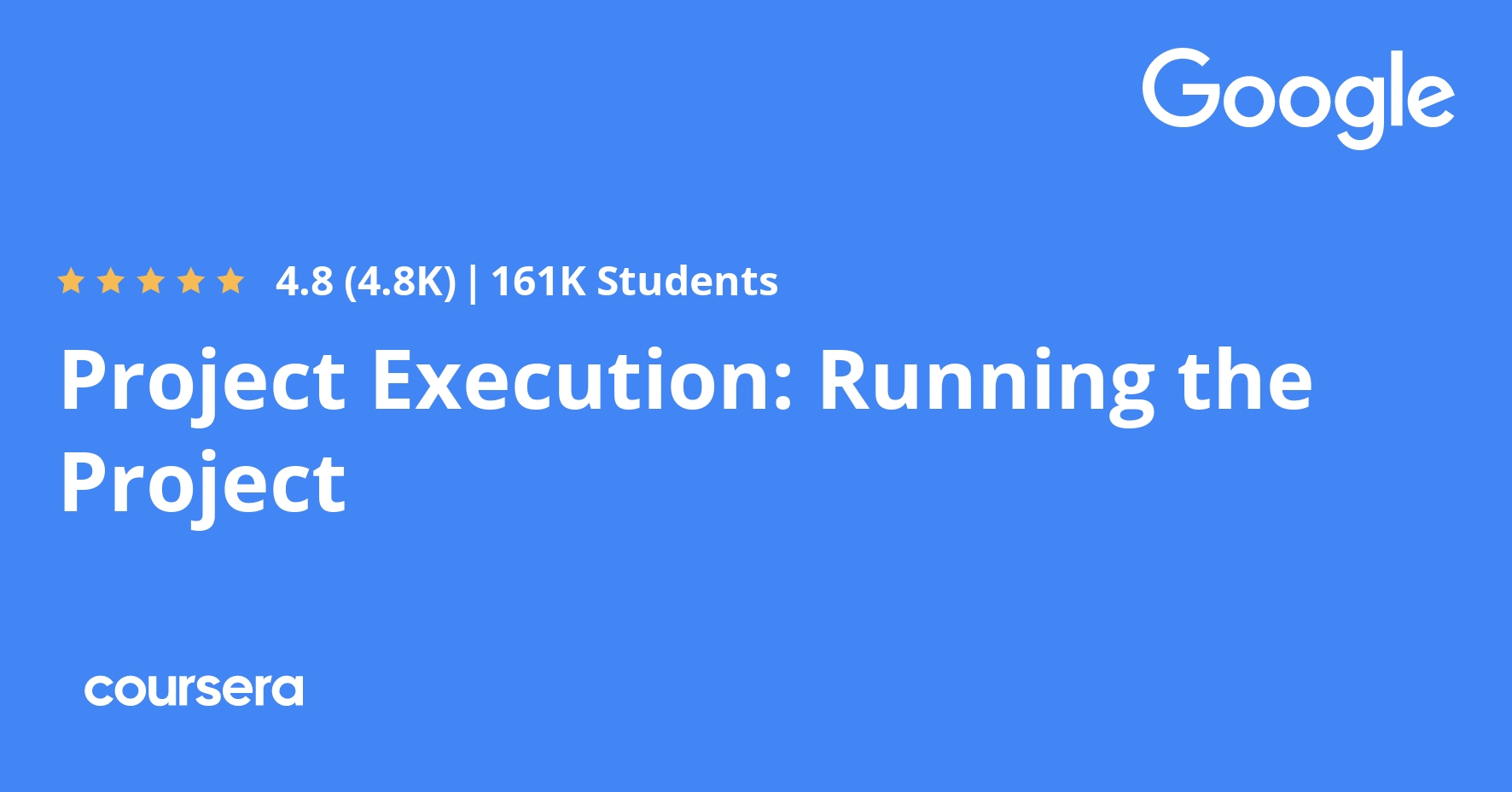Description
This course is a short taster on the topic of the use of Images, Film, and their use in historical interpretation in the 20th century. It is primarily provided for those who have a general interest in history that draws on photojournalism as primary evidence, and films based on historical events.
Once you have completed this course we hope you will be equipped to:
Appreciate the significance of photographs as historical evidence in the twentieth century.
Understand the limitations of the medium, and how we can attribute meaning to these individual records of ‘one moment in time’ while taking into account the circumstances in which any particular image was taken.
Understand how individuals and institutions have looked to manipulate images to their own ends – through alteration and/or censorship – and what that meant to contemporary interpretation, as well as subsequent historical interpretation.
Put individual images into a wider context, and in particular with reference to history written, or portrayed, beyond academia: public history.
Do be aware that part of the contents of this course regard images and depiction of war. Real wars and real images.
What you will learn
Introduction
We will explore the issues associated with the use of images as a source for historical research and consider a number of examples where image manipulation has been uncovered
Images and History in the Twentieth Century
We will review a number of cases studies where images have either shaped our opinion of events or have been suppressed from the public at the time, to avoid adverse or negative reaction.
The Air-Brushing of History: Stalin and Falsification
The cause célèbre’ of historical manipulation – Joseph Stalin. The ‘air brushing’ of historical records, and in this case the literal airbrushing of Soviet images in the 1930s and 1940s
Photojournalism, Authenticity and Matters of Public Acceptability: The Battle of Mogadishu
With respect to Reportage and the use of images as a evidential record, should we condemn Stalin in the last 20th and early 21th century? We use an example from 1993 to illustrate this point.






